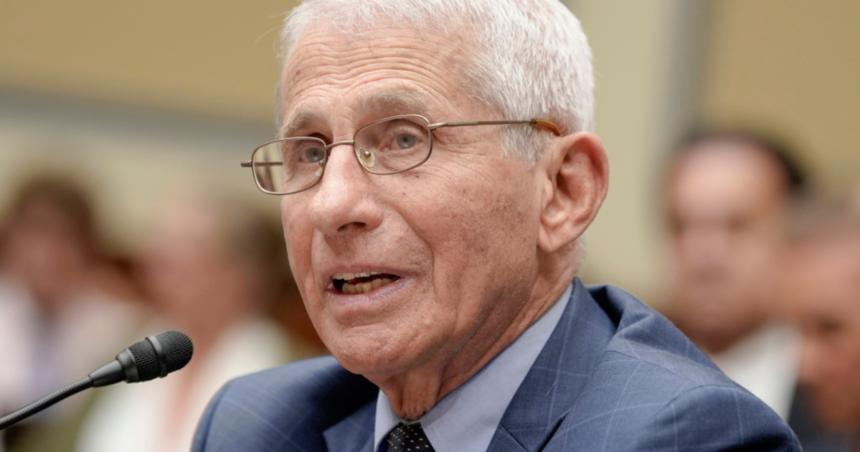Controversy still surrounds the origins of the COVID-19 virus, more than three years after it was first detected in China. The debate centers around two conflicting theories: did the virus come from wild animals and jump to humans, or was it created in a Chinese lab?
The initial cases of COVID-19 were reported in Wuhan, China, where two significant locations are situated: the Wuhan Institute of Virology, a research lab, and a “wet market” that sells wild animals, such as bats known to carry viruses like COVID.
Chinese authorities’ lack of transparency in allowing international health organizations to investigate the virus’s origin has added a political dimension to the discussion. While the World Health Organization leans towards the belief that the virus likely spread from bats to humans, Chinese restrictions hindered a thorough investigation.
The FBI has expressed “moderate confidence” in a lab leak origin for COVID-19, and the U.S. Department of Energy also suggests, albeit with “low confidence,” that the virus could have escaped from a lab.
In testimony before the House Oversight Committee, former NIAID director Dr. Anthony Fauci addressed the lab leak theory, emphasizing the need to keep an open mind about the virus’s origin.
The debate over COVID-19 origins has practical implications, as experts warn that not knowing the source could hinder preparations for future pandemics. International cooperation is essential to address these concerns and prevent similar outbreaks.
Congress
Dr. Fauci testifies before House panel over COVID-19 origins, pandemic response
12:13 PM, Jun 03, 2024
Despite the ongoing debate, there is a call for countries to work together rather than focus solely on assigning blame. International law may limit diplomatic actions even if a lab leak is proven, and restrictions on wildlife trade exist regardless of the virus’s origin.
In an op-ed for the New York Times, Dr. Alina Chan from MIT and Harvard presented arguments suggesting a lab origin for COVID-19, but concrete evidence remains elusive.
In the absence of clear answers, the global community remains vulnerable to future pandemics. Collaboration and proactive measures are crucial in preventing another crisis like COVID-19.





